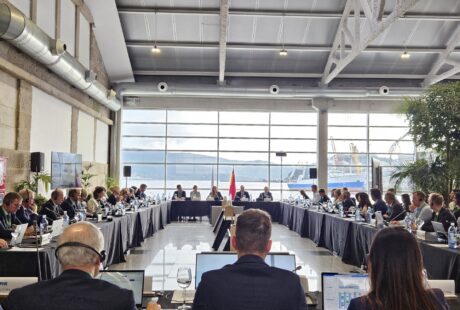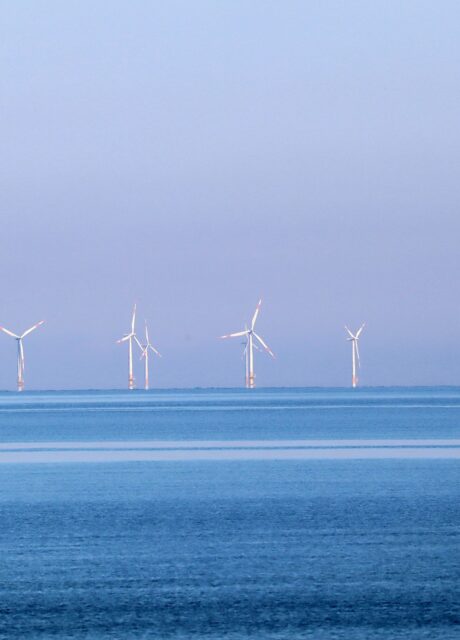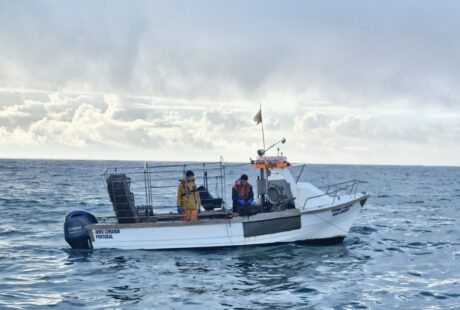We have a new Commission with a mission. The speeches given by President von der Leyen and Executive Vice President Timmermans in the European Parliament on 11 December sounded genuine: the European Green Deal is about caring for planet and people. With its focus on efficiency, technology and innovation, however, the Deal risks a counter-productive ‘green growth’ narrative.
Compared to former President Juncker’s 10 priorities for the 2014-2019 Commission, the Green Deal certainly looks like a quantum leap, putting climate – and to a lesser extent, nature – at the top of its priority list. With its mission statement of ‘Putting Europe on a pathway to a sustainable future while leaving no one behind’ and its ‘Do No Harm’ motto, the proposal appears both hopeful and refreshing. It aims to make Europe the first continent to be carbon neutral by 2050, with legally binding greenhouse gas emission reduction targets, albeit falling short of keeping warming below 1.5 degrees.
On closer reading, however, the proposal is somewhat reminiscent of the ‘green growth’ narrative of the 1990s. The expectation that ‘green economies’ – which chiefly focused on increasing efficiency through technology and innovation – would be able to reconcile economic growth with environmental targets has not materialised, as the European Environment Agency (EEA) recent European Environment State and Outlook 2020 report (SOER2020) shows. The European Environment Bureau (EEB) report, Decoupling debunked: Why green growth is not enough came to a similar conclusion. We need far bolder steps to reframe our economies around needs (of planet and people) and sufficiency, rather than economic growth, demand and supply.
The Green Deal communication fails to set out a clear vision of what this transformative change actually entails, how it can be incentivised and how it will better the lives of European citizens. Its actions remain quite conventional, encompassing better implementation of regulation, investing in green technology and innovation, and circular economy, among others. It is true that these are all sorely needed and we welcome their new momentum and more substantial financial backing. However, as the EEA concludes in SOER2020,
‘Europe will not achieve its sustainability vision of ‘living well, within the limits of our planet” simply by promoting economic growth and seeking to manage harmful side effects with environmental and social policy tools’.
With its focus on climate change and the transition to a renewable energy economy, the Green Deal puts nature and biodiversity on the policy back burner. This overlooks the fact that nature is our biggest ally in the fight against climate change. With climate and biodiversity policies intrinsically linked, a lot will hinge on the ambition of the Biodiversity Strategy and the Farm To Fork Strategy that the Commission intends to publish in spring 2020. Little is yet known about the 8th Environmental Action Programme other than its expected publication in 2020.
In conclusion, while the prioritisation of climate and nature across Commission policy is very welcome, we hope that the Green Deal succeeds in avoiding the green growth trap. We look forward to proposals for bolder – and bluer – actions and concretised targets in subsequent strategies.
Posted on: 13 March 2019



